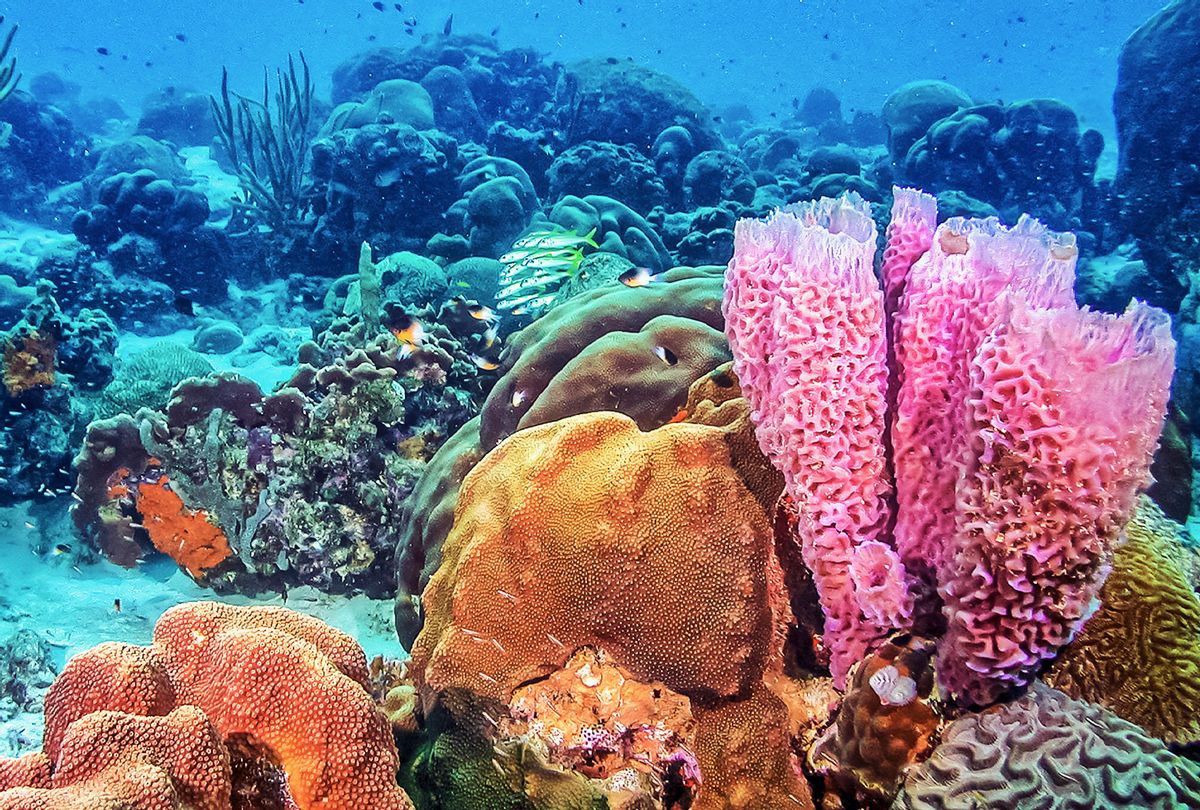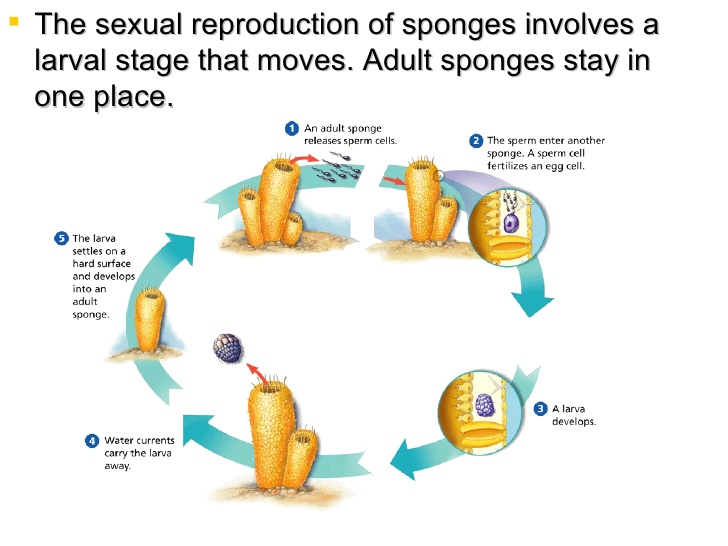

Are ectothermic, most can breathe in water with gills as young, go through metamorphosis and breathe on land with lungs as adults, and lay jelly-like eggs.Are ectothermic, obtain dissolved oxygen in water through gills, most lay eggs, have scales, have fins, and live in water.

Their body temperature remains constant regardless of the temperature of the environment. Other vertebrates (birds and mammals) are endothermic (warm-blooded). Their body temperature changes in response to temperature changes in their environment.

Only one phylum of animals is comprised of vertebrates which includes fish, amphibians, reptiles, birds, and mammals. ○ Their major functions are to obtain food and oxygen for energy, maintain their internal conditions (ex. ○ They are heterotrophs (cannot make their own food) and must get their energy by consuming plants or other animals. However, all animals share several common characteristics:.These phyla can be classified into two groups (vertebrates or invertebrates) based on external and internal physical characteristics.It is essential for students to know that the Animal Kingdom is divided into 35 different phyla.


 0 kommentar(er)
0 kommentar(er)
